About SAG15:
The SAG15 study is led by Daniel Apai (University of Arizona). The SAG15 team is charged with studying high-level science questions that can be answered by direct imaging studies of exoplanets and identifying the type and quality of data these studies require. The SAG15 study does not focus on any particular telescope architecture or observational method, but on the fundamental science questions.
SAG15 Report: SAG15 Report, June 18, 2017
Status Update
SAG15 Status Summary / EXOPAG 2017 Winter
SAG15 Report Drafts:
SAG15 Report Draft, June 17, 2017
SAG15 Report Draft, May 3, 2017 (Near-final version – please send comments by May 10)
SAG15 Report Draft, April 27, 2017 (High resolution)
SAG15 Report Draft, April 26, 2017
SAG15 Report Draft, April 14, 2017 (High-res figures)
SAG15 Report Draft, April 4, 2017
SAG15 Report Draft, January 2, 2017
SAG15 Report Draft, 2nd December 15, 2016
SAG15 Report Draft, December 15, 2016
SAG15 Draft Report, December 14, 2016
SAG15 Draft Report, November 15
SAG15 Report, Advanced Draft, Oct 11
Versions below typeset in Pages:
SAG15_Report Draft_High Level Science Question – June 11, 2nd
SAG15_Report Draft_High Level Science Questions – June 11
SAG15 Report Draft High Level Science Questions – May 30
SAG15 Report Draft High Level Science Questions – May 29
SAG15 Report Draft High Level Science Questions – May 28
SAG15 Report Draft High Level Science Questions – May 9
SAG15 Report Draft High Level Science Questions – April 25
SAG15_Report Draft_High Level Science Questions – April 5
SAG15_Report Draft_Report_Feb5-2016
SAG15 Telecon Slides and Telecon summaries:
SAG15_Telecon3_Minutes (April 6, 2016)
SAG15 Telecon 2 slides (Apai, March 2, 2016) SAG15 Telecon 2 Minutes
SAG15 Telecon 1 (Dec 2015) SAG15 Telecon 1 Minutes
SAG15 Supporting Documents:
ADS Library for SAG15-related publications
Link to ESA Phase 0 Studies for M4 Cosmic Vision Candidate Missions
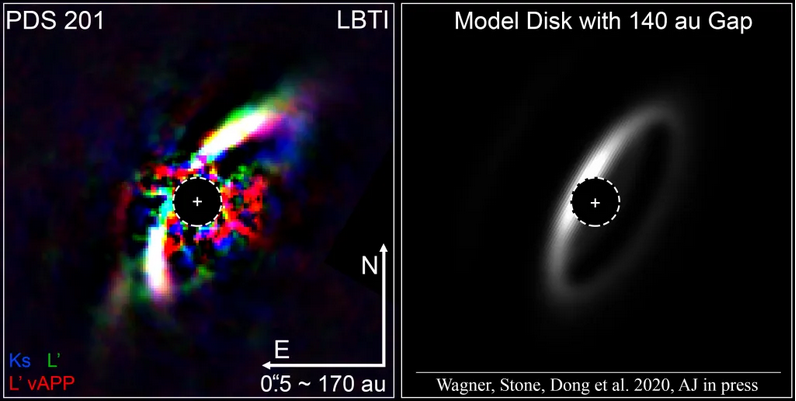
Images of a Massive Planetary System in Formation
Protoplanetary disks offer an opportunity to learn about the processes by which planetary systems form and evolve. Images of these young systems also enable us to study, by analogy, the formation of our own Solar System, in which the common orbital plane of the...
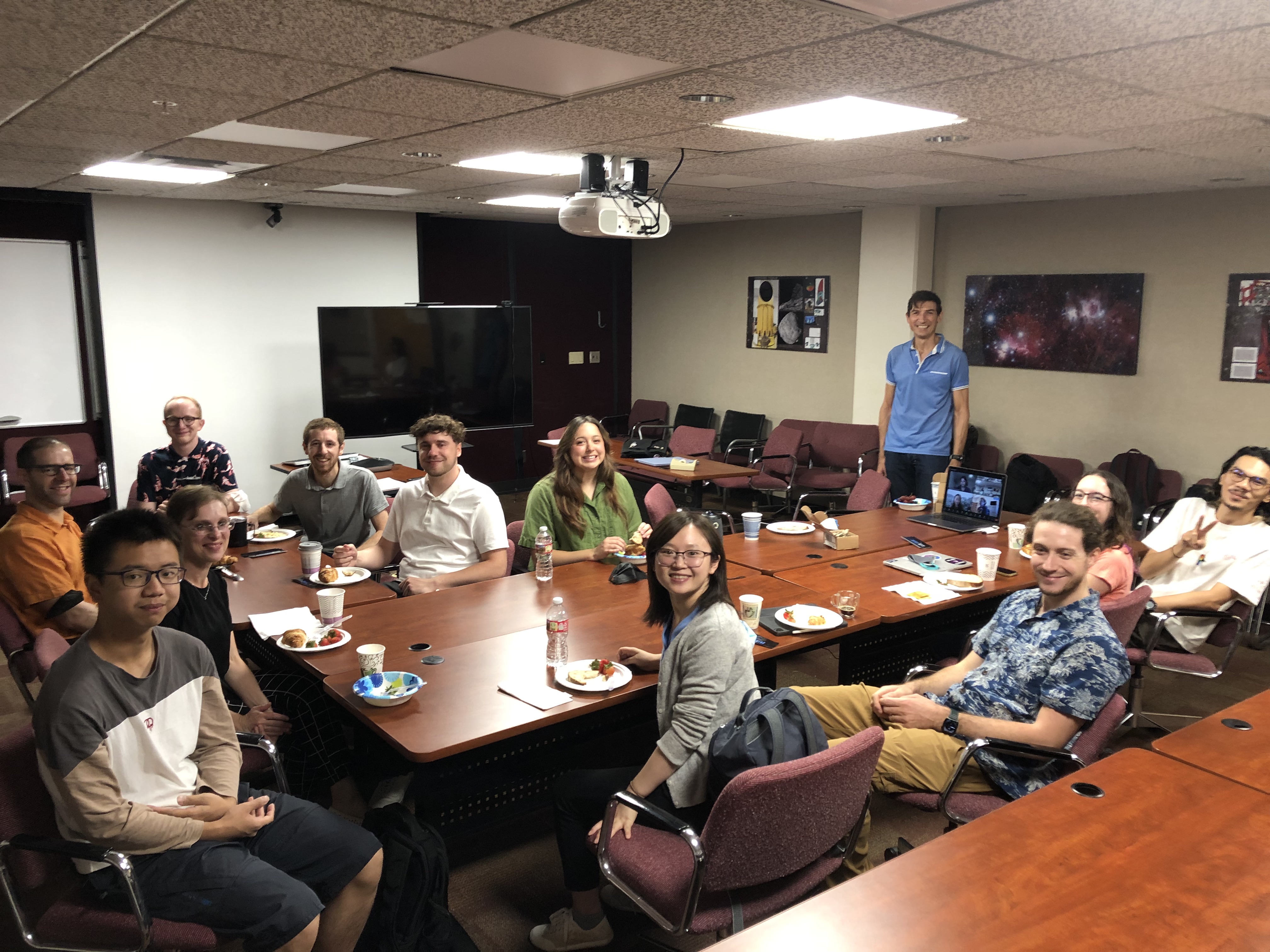
Alien Earths Breakfasts are Back!
After an almost 2-year pause due to the pandemic, we restarted our in-person AE Breakfasts. It has been really wonderful to be able to chat face to face about all the cool science!
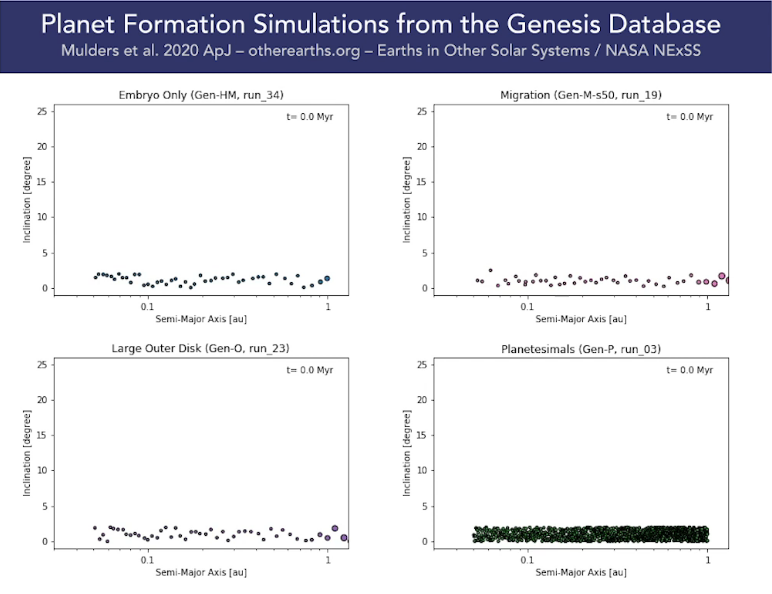
The Genesis Database
The key goal of EOS is to advance our understanding of the formation of habitable planets. As an unusually large and ambitious program, EOS is in a rare position to successfully integrate interdisciplinary knowledge on planet formation – that is, to combine...
The Origins Seminars on YouTube!
The Origins Seminar now has its own YouTube channel and the most recent talks are now available! Origins will continue to operate through most of the Summer and talks will be recorded and available through the Origins Seminar YouTube channel.
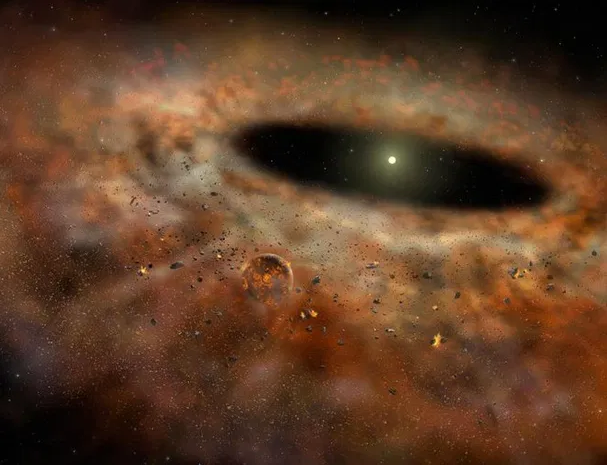
Clues to the Processing of Dust Around Stars
Research by University of Arizona Assistant Professor Pierre Haenecour and his team on the effect of ion irradiation on dust grains in circumstellar and interstellar environments, presented by Haenecour at Microscopy and MicroAnalysis 2019, has been...

Unknown Treasure Trove of Planets Found Hiding in Dust
The first unbiased survey of protoplanetary disks surrounding young stars in the Taurus star-forming region turned up a higher-than-expected number of disks with features suggesting nascent planets. Excerpt from UA News-Daniel Stolte, University Communications...
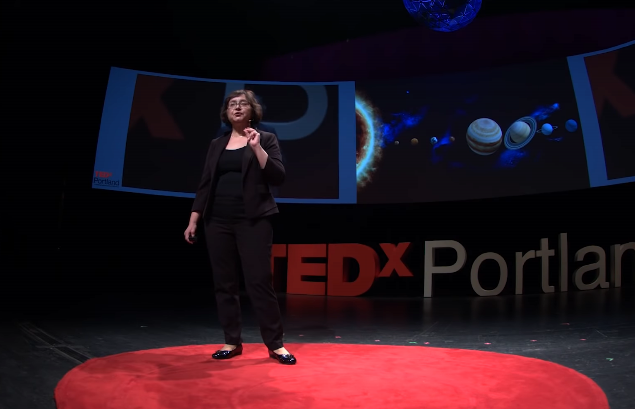
The Search for Planet 9 – TEDx Talk by Renu Malhotra
Renu Malhotra – LPL Professor and EOS Team Member – has recently given an excellent TEDx talk on the Search for Planet 9. The talk is now available online - check it out! https://www.youtube.com/watch?v=MptrypvBTag
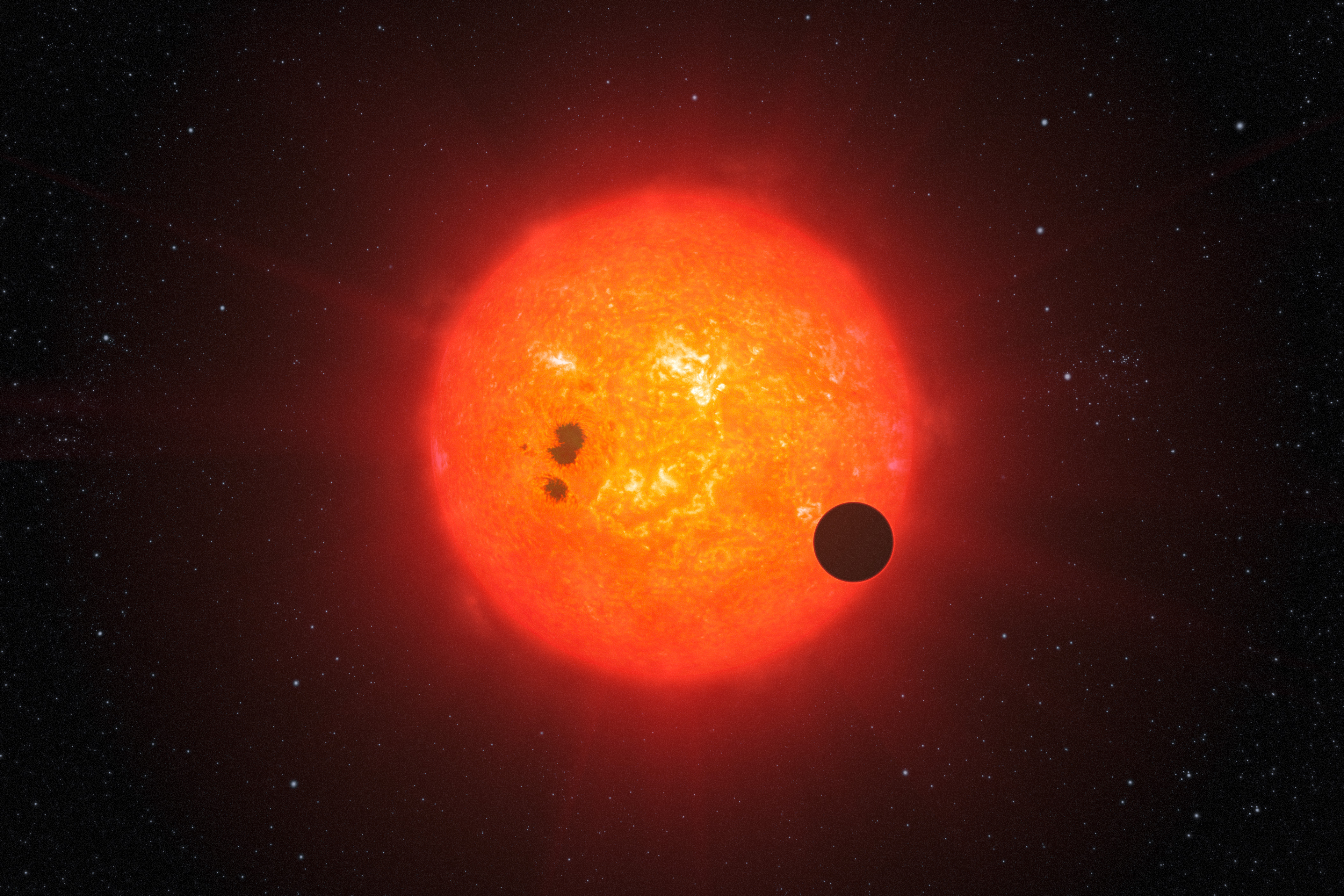
The Optical Spectrum of a Sub-Neptune: Or, When Stars Get in the Way
Optical spectra of transiting exoplanets can place unique constraints on their atmospheres–provided their stars cooperate.

Characterizing Exoplanet Atmospheres
There are many ways astronomers have developed to detect exoplanets. Mikayla Mace introduced the most popular methods—radial velocity, transit, and direct imaging—in an earlier post on this blog. Each of these has their own strengths, making them useful for detecting...
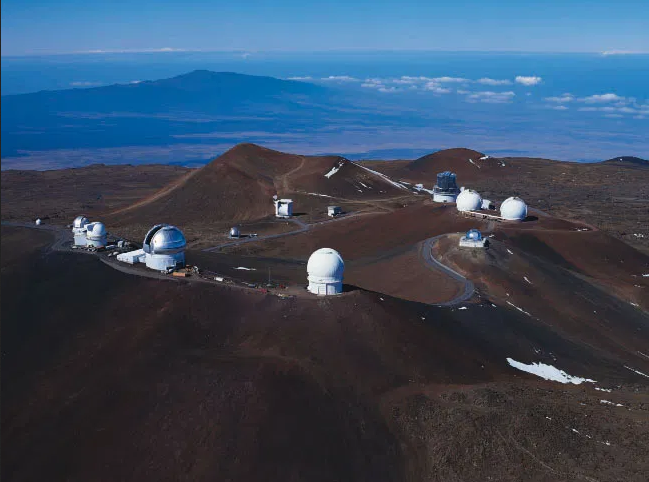
Observing Planet Formation from Mauna Kea
I sat down on my third flight of the day, and the last that I would be taking to the big island of Hawaii on my way to the Mauna Kea observatories. The passenger with the seat adjacent to mine followed and sat down. My step-mom was a flight attendant, so flying is...
